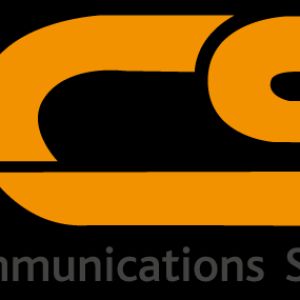Why Digital Radio Signal is Better than its Counterpart Analog Radio SignalPosted by Marcia Butcher on July 6th, 2022 Radio is undergoing an epic transition from analog to digital across the world. The basic principle is the same: you can use the digital radio to listen to music, news and other information on the radio. However, digital radio also promises better signal quality, a wider range of stations, and more clarity of whatever you listen. Here is everything you need to know about the differences between analog and digital radios. How does analog radio work? To understand digital radio, you first need to recognise how analog radio works. You will understand the difference between analog and digital radios to see why digital radio is a good idea for you. Analog radio is not a new technology. It arrived before the 1900s and Guglielmo Marconi made the first successful application of wireless technology in 1895. For this, he sent the first radio signal consisting of a single "S". The growth of broadcasting has become possible with its popularity in the 1920s. Nikola Tesla was finally granted a posthumous U.S. patent in 1943 after years of legal battles. Despite intense competition, the influence of Marconi and Tesla led to the use of analog radios as we know them today. Analog radio has remained unchanged right from the introduction of the first "modern" Tesla radio. Many older devices are still in use today. The technique itself is very simple. An analog radio consists of two main parts: the receiver and the transmitter. A transmitter sends a radio signal called a continuous sine wave to transmit information using one of two modulation types. The two modulation methods are amplitude modulation (AM) and frequency modulation (FM). Why is analog radio being replaced? Analog radios are beginning to show their age. The reason is that digital radios provide a clearer signal with less interference from weather, distance, or other equipment. Hence, it is inevitable that most countries will eventually switch to DP4600e digital radio broadcasting, with Norway leading the way. Digital radios offer a variety of features that analog radios do not have, including:
On-screen information, including songs and artists, radio hosts, and guests with phone numbers or information about the ad you are listening to. Your radio or receiver may already use a digital radio. In the US, you may have heard it called HD Radio. In Europe, people call it DAB (Digital Audio Broadcasting). Each of these formats is similar, and they handle digital radio signals slightly differently. Digital radio Digital radio is a technology that transmits digital signals wirelessly through electromagnetic waves within the radio range. How does digital radio work? Like analog radios, digital radios transmit signals over the air, which receivers picked up and played through speakers. The main difference between the two is that digital radios do not transmit complete information at once. Instead, it converts sound into digital information. It then compresses the digital information and transmits it segment by segment. The receiver captures this information in the same way as an analog signal. Instead of playing them, it first decodes the data and puts it together. While this may seem like an odd process, it reduces the likelihood of interference with digital signals. Analog radios are more susceptible to signal attenuation from competing sources. This leads to a lot of static and hisses on analog AM and FM radio stations. There are a few main reasons why digital radios do not have this problem:
If you are looking for the best digital radio, Hytera digital radios contain unique technology that filters communication channels, fills microscopic gaps, and transmits interruptions. Like it? Share it! |


